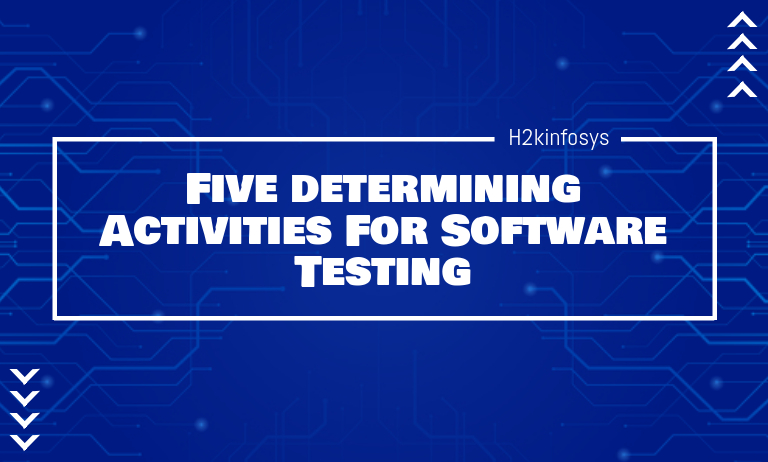From the idea, based on a need and scope, to create a software up until launching the software in the market, many activities and resources are utilized. During the process, and to ensure it is efficient and effective, important questions need to be answered:
- Which languages to use to write the source code?
- Is the software compatible?
- Does the software contain any bugs?
These being just a small fraction of various considerations and questions depicts the priorities which are regarded while creating or developing software. Many would say that the utmost priority depicted is the software. However, if we zoom out the lenses and understand the layered priorities, we will see that the end-user is, and always remains, at the top of the factors which affect the making of software.
Having said that, the most beneficial and suitable way to meet the end-user requirements is by evaluating and ensuring the quality of the software and its different aspects. In other words, performing software testing activities to make sure the software matches the requirements of the client.
Activities to Consider and Conduct
It is not easy to conduct activities that lead to software quality assurance. The software testers who are in the industry understand that in order to test the software, a fair amount of quality assurance training is required. Furthermore, the aspiring software testers who hope to get into the industry might want to go the extra mile to acquire credibility; an initial way to achieve that is by acquiring quality assurance certification to support your knowledge in the area.
However, anyone who is engaged in developing and testing software must have a basic understanding of the determining activities to work on the path of expertise.
1. Planning
The foremost activity where the process of testing software originates consists of planning further activities. The activity plays an important role as it is due to this activity that requirements of resources and any potential risk are foresighted. To carry this process, it is important to create a document called a test plan.
The test plan includes the scope of the upcoming activities, resources required to conduct the same, and expected timeline or schedule that will be taken to perform the intended activities.
2. Implementing with Quality Assurance
Once all the activities are well planned, the following activity is to make sure the implementation of the activities is in alignment with the involvement of quality assurance engineers from the initial stage of Software Testing Life Cycle STLC (STLC). Moving further, quality assurance engineers can match the quality standards with the software quality and make any changes that may be required.
Read more: What is software quality assurance: a guide for beginners.
3. Execution
The set of activities that come under execution are running specific tests manually or by using automation, developing test cases, monitoring the tests, comparing expected results with the actual results, re-executing in case of any discrepancies that may have been found.
Also, it is important to make sure all the information and data gained during the execution are documented to be referred to in the future.
4. Reviewing
This is the activity that is often overlooked while performing software testing. Mostly, it turns out to be a rookie mistake. After the implementation and execution of the required processes to test the software, it is highly important to review the activities conducted. Many a time, it is while reviewing the whole process that a certain bug or an error is detected.
5. Closure Activities
It is a set of activities that involves creating a thorough and detailed report and providing all the deliverables to the client. Also, it is vital to make sure the report has been cross-checked by everyone involved in carrying out all the processes. That way, no scope of miscommunication from any end has to be entertained by the software tester.
While all these activities are conducted, it is important to remember that all the activities, in fact, testing software as a whole, is a continual process which is done at its best when all the deliverables are met with the specifications.




























